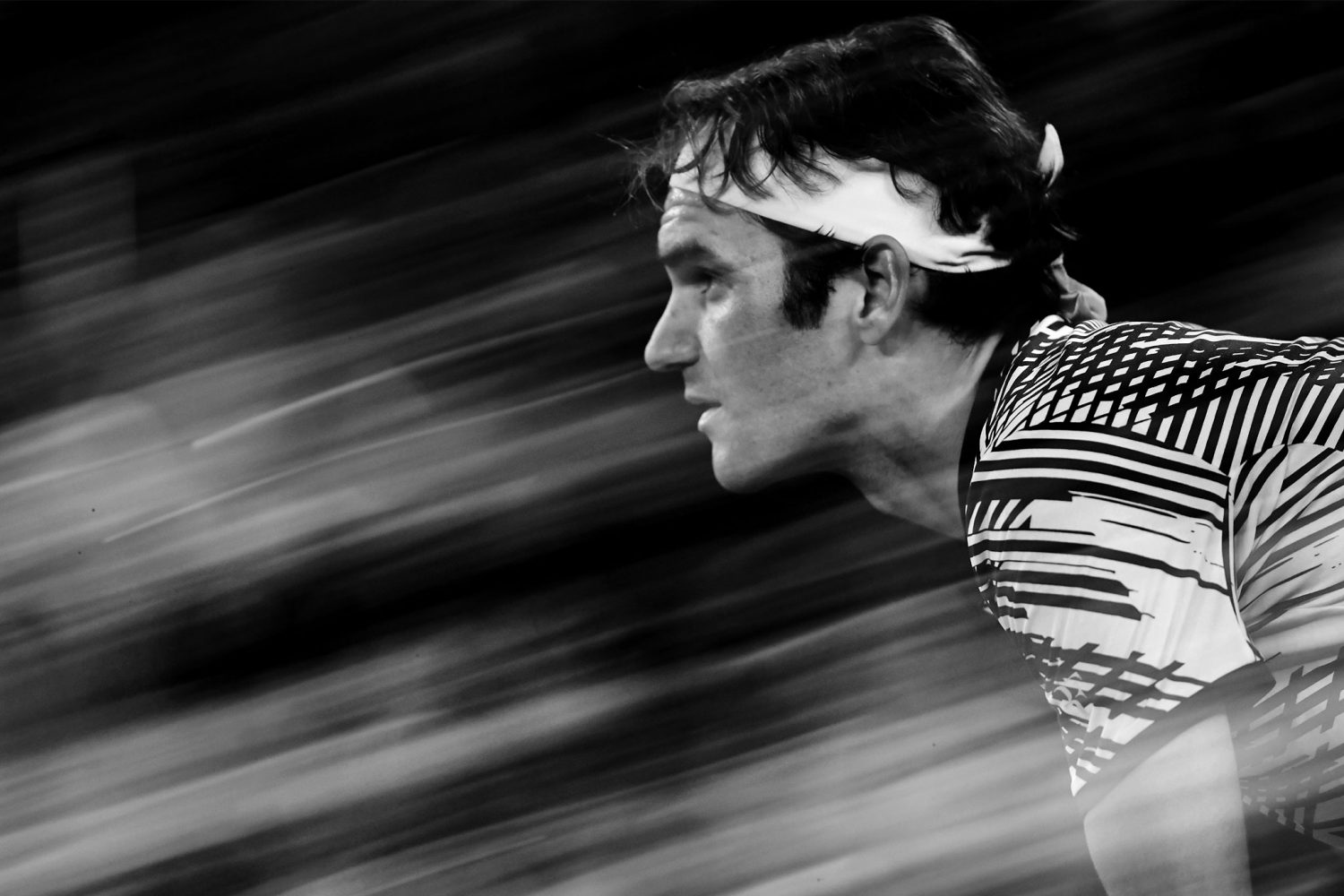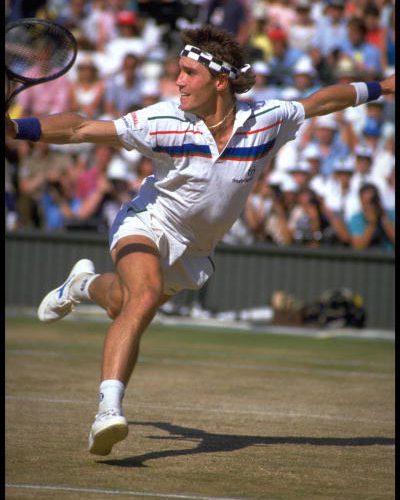
The seat of power in tennis has shifted away from the Grand Slam nations to Europe evidenced by 2016 year-end rankings.
Great Britain, Serbia, Canada, Switzerland, Japan, Croatia, France, Austria, Spain, Czech Republic – at the end of the 2016 season, 10 different nations were represented in the ATP’s top 10, a first for men’s tennis.
No single week has featured a more diverse mix of men at the top of the game since rankings began back in 1973, a cosmopolitan flourish on which to end the year, and a sure-fire sign of the times.
Since the dawn of the Open era tennis has become less intertwined with the might of national federations, shifting the seat of power from the Grand Slam nations away from Australia and the United States towards Europe – home to eight of the top 10 players on both the ATP and WTA tours at the end of 2016.
Consider the record of Australian men at the majors since the 1960s, when Rod Laver won Grand Slams as both an amateur and a professional. The Rockhampton Rocket laid claim to 11 titles in all during the decade – and was just one of eight Australian major winners along with Neale Fraser, Roy Emerson, Fred Stolle, Tony Roche, John Newcombe, William Bowery and Ken Rosewall. Such was the nation’s dominance at the time that Australians claimed 32 of the 40 majors on offer.

By the end of the 1970s, that number had fallen to eight, as many as Sweden’s Bjorn Borg and trailing the 12 majors claimed by Americans. Since 1980, Australian men have won just five Grand Slam titles – Pat Cash at Wimbledon in 1987, Pat Rafter’s US Open double in 1997 and 1998, and Lleyton Hewitt in New York in 2001 and at Wimbledon in 2002.
The ATP rankings tell a similar story. At the end of the 1986 season, 35 Americans featured in the top 100; by 1996 that number had fallen to 12, and to 8 in both 2006 and 2016. Over that same span, the European contingent grew from 40 in 1986 to 66 in 2016, with the number of nations represented rising from 25 to 36 – led by 12 Frenchmen, 10 Spaniards and nine players from Davis Cup champions Argentina. Players representing 19 different nations claimed ATP titles in 2016, 12 of them from Europe.
Any number of reasons have played their part in establishing this new order. The breakdown of geopolitical barriers, particularly the fall of the Iron Curtain, has been cited, giving rise to the influx of talent from Eastern Europe. Novak Djokovic grew up in war-torn Serbia, yet is one of three players from the nation to reach the top of the ATP and WTA rankings, along with Ana Ivanovic and Jelena Jankovic.
I think just the genes are very good for sport in general,” Djokovic told ESPN in 2015, referring to his Balkan heritage. But the 29-year-old believes having overcome adversity from a young age also makes players from Eastern Europe hungrier for success than their western rivals.
“You have these psychological factors that have affected many generations, talking about the tough times in wars and so forth,” Djokovic said. “People also live pretty low standards compared to the Western European countries, and they have to fight for each day. I think that’s something that strengthens them mentally. And that’s a little factor that a lot of athletes carry inside their heads, and subconsciously they are great fighters and they appreciate everything life gives them.”
Competition to attract top athletes to tennis plays its part. Then there’s the proliferation of tournaments at the ITF Futures and ATP Challenger Tour levels in Europe, making the continent has become a hotbed of competition and a school of hard knocks for players hoping to graduate onto the ATP World Tour – where the increase in prize money over the past 15 years has made the financial support of national federations less of a factor.
Other changes have been more intrinsic. Tennis technology has moved on from wooden racquets and natural gut to carbon-fibre and polyesters, ramping up the power and spin available to today’s players and rendering the serve-volley power game all but extinct.
The modern baseline game that emerged it its wake has been encouraged by today’s slower court surfaces. Gone are the days of three grass-court majors; both the Australian and US Opens are now played on hard courts where the pace can be – and has been – adjusted to encourage longer, crowd-pleasing points. Even the lawns of Wimbledon play slower than in the past. Once the anomaly among the majors, Roland Garros is no longer the domain of clay court specialists – instead, in this age of the baseliner, players reared on clay courts have thrived.
Cheap to build and maintain, clay has long been the surface of choice in the temperate regions of continental Europe, home to the likes of Roger Federer, Rafael Nadal, Novak Djokovic and Stan Wawrinka, and home away from home for Andy Murray, who moved to Spain to train in his teens. Since 2003, the quintet have claimed 49 majors – just two shy of the 51 claimed by American men in the Open era. The last was Andy Roddick, US Open champion in…2003.
Recognising a trend is one thing; reacting to it, quite another. In 2010 Pat Cash wrote in the Sunday Times of London that the only way to beat the Europeans was to join them, by building more clay courts and learning from European coaching philosophies
But change is a-coming. Before the 2014 French Open, John Isner and Lleyton Hewitt were the sole American and Australian representatives in the world’s top 50. At the end of 2016 Isner was one of four Americans up there – and the eldest American in the top 100, which also featured 19-year-old Taylor Fritz. Hewitt has since cleared the path for his fellow countrymen; in his wake, 22-year-old Nick Kyrgios and Bernard Tomic, 24, now lead the charge – and one of the game’s modern greats believes the time has come for one Australian in particular to loosen Europe’s continental grip on the game.
“It’s an era of transition where two good generations combine together,” said Rafael Nadal, the 14-time Grand Slam champion. “Mine won a lot – four players of almost the same age [Nadal, Roger Federer, Novak Djokovic and Andy Murray] did so many great things. Now it comes a high-level new generation that every year will be even more competitive and ready to fight for important things.
“Kyrgios is already at the top – a player who has an unbelievable potential. He has focus on himself, and can become world No.1 and win a Grand Slam.”
A true world-beater, then. It has never been tougher to win a Grand Slam in this increasingly global game. The wait goes on for America and Australia’s next men’s Grand Slam champion, but the longer the wait and the higher the stakes, the sweeter the glory.